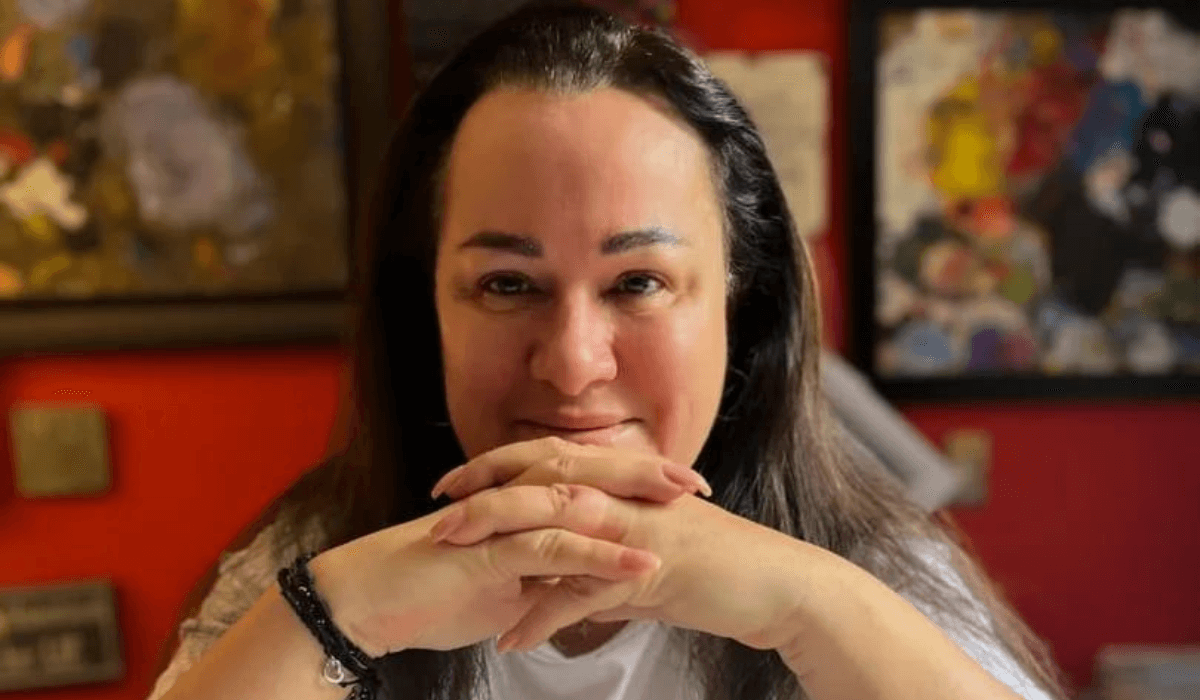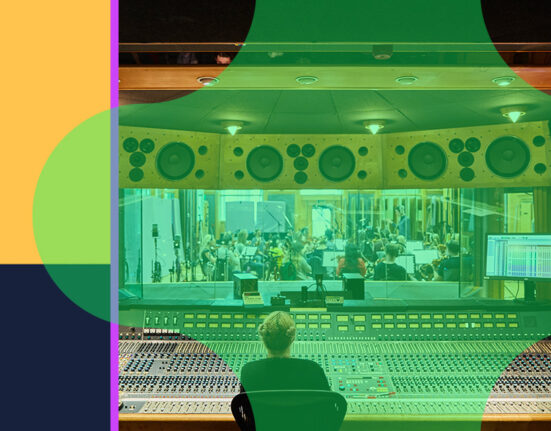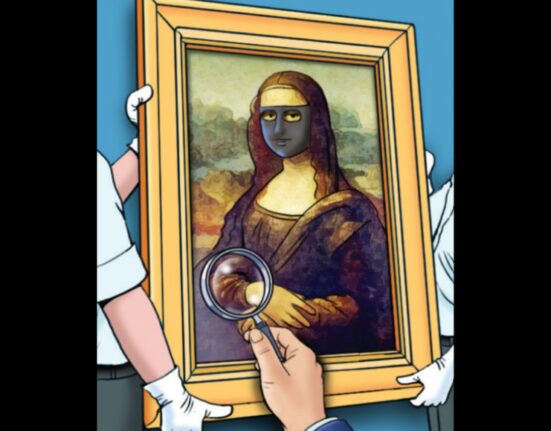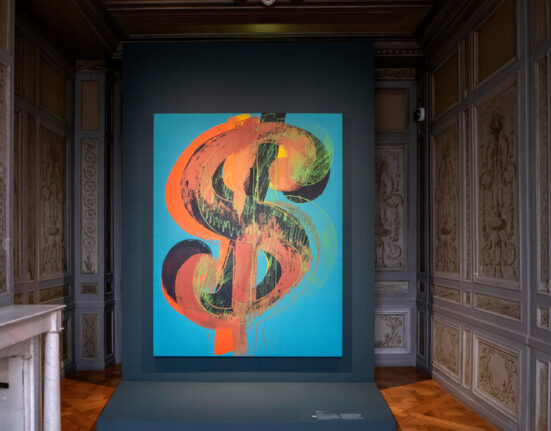Since opening to the public on October 1, 2011, Alexis Galleries has grown from a small space in Victoria Island, Lagos, into a hub for artists, artworks, and artist promotion, amid over 70 exhibitions and many residencies.
In this interview, Patty Chidiac Mastrogiannis, the founder of the gallery, shares with Obinna Emelike the reasons for the recent upgrade, her focus, the art market, the appreciating value of art, why people should invest in art, and new artists, among other related issues. Excerpt:
Why did you upgrade the gallery?
The new look gallery is necessitated by the fact that we had to form Alexis Galleries and we also had to grow. We started these little ones, just as a baby grows, and we had to form them.
Now that it is formed and mature, we are able to understand that we can host a lot of different styles, all contemporary, of course.
We are still growing young artists, but we also have a choice because our young artists are now established.
We have the upcoming artists, the renowned, and the masters now.
Like I told you, we have to grow from babyhood to adulthood. Now that we are into adulthood, we are able to show what it is really like to have a gallery—a very strong and powerful gallery, though.
We are not focusing on what we can do abroad; we are focusing on forming our artists here, and from here they can go abroad. This is what is happening with the transition basically, and this is what we are sticking to at the moment, maybe for another few years, until we decide what to do then.
This is the transition that has happened from Alexis Galleries before and now.
What is the new focus of the gallery?
Our focus has not changed. We are still growing young artists and also hosting diverse artists from different walks of life in different categories, from young to old, mature, established, and upcoming. This is what it is at the moment.
Now, we have lots of exclusivities, especially artists that show with us exclusively. There are many galleries in Nigeria, and we have over 40 on Victoria Island in Lagos alone. So, we are also looking at exclusivities and exclusive artists.
Is exclusivity your response to competition out there?
Not really because there shouldn’t be competition among galleries; we should rather complement each other. People come to me to ask for certain works, which I don’t have, and I will always refer them to the galleries that have such works. That is how it should be because, with lots of artists and galleries, there has to be some sense of the same traffic that has to happen. This is my opinion.
Also, a lot of artists now have different lines they commission galleries to handle for them. Some handle marketing, exhibitions, and promotions, among others, that help the galleries not be in competition with each other.
As galleries, we all have to accommodate each other; we all have to coexist, and the artists should be able to define where they want to sell and what to sell.
Read also: ‘Art making is very therapeutic, doing it with passion makes my day purposeful, fulfilling’
Are we expecting more residencies this year?
We do residencies; we had one not long ago, and we were very happy with the outcome.
We are working on a residency at the moment. We are going to do one next month, and hopefully, it is going to be a big one—a one-of-a-kind.
Also, most of our FATE exhibitions are from residences. We will continue to have residencies, and we are planning on bringing some international artists to do an exchange here. So we are working on residencies in the pipeline.
As a gallerist, how is your relationship with artists?
I don’t have too many of the established artists because they have also chosen the galleries where they want to be, which is understandable.
I have become more of a contemporary gallery that has established young artists. So, as far as mature artists are concerned, I understand that they have to trust other galleries that have been there for a longer time, which is ok. For me, I thrive on new blood, I thrive on new works, I thrive on innovation, and seeing the same thing all over again becomes quite boring. I need to feed my passion with new taste buds, feed my taste buds with new scents, with new artists and new works. New and innovative works drive my passion, not repetitive work.
Why fewer exhibitions this year as opposed to over 20 in recent times?
No, we wanted our name to be there; we wanted people to hear and know Alexis Galleries. We did 24 exhibitions in one year, the highest of any gallery in Nigerian visual art history. It was very tasking, but we had to do it because we needed the name of Alexis Galleries to be out there. Now that we have established the name, we are taking our time in deciding which artist we want to groom and grow and which artist we want to show. We have become established; those days are gone when we wanted Alexis’ name to shine, and it is shining now.
What criteria do you adopt in determining artists to work with?
Loyalty, seriousness, and holding their ground are what we look for in the artists to work with.
This is because there are many artists that go into booth sales and sell outright; before they can even grow, they have destroyed their careers. We are not looking for artists who are selling outright or who are trying to survive from their works. We always encourage them to find a job in-between. There are a lot of artists that have jobs and are painting at the same time. So, they are not hungry and looking to sell their work to survive; they have food on their table. This set of artists is able to grow slowly and become known tomorrow.
So, loyalty has a lot to do with choosing an artist to work with. We cannot say the quality of work because the quality of work is incredible in this country.
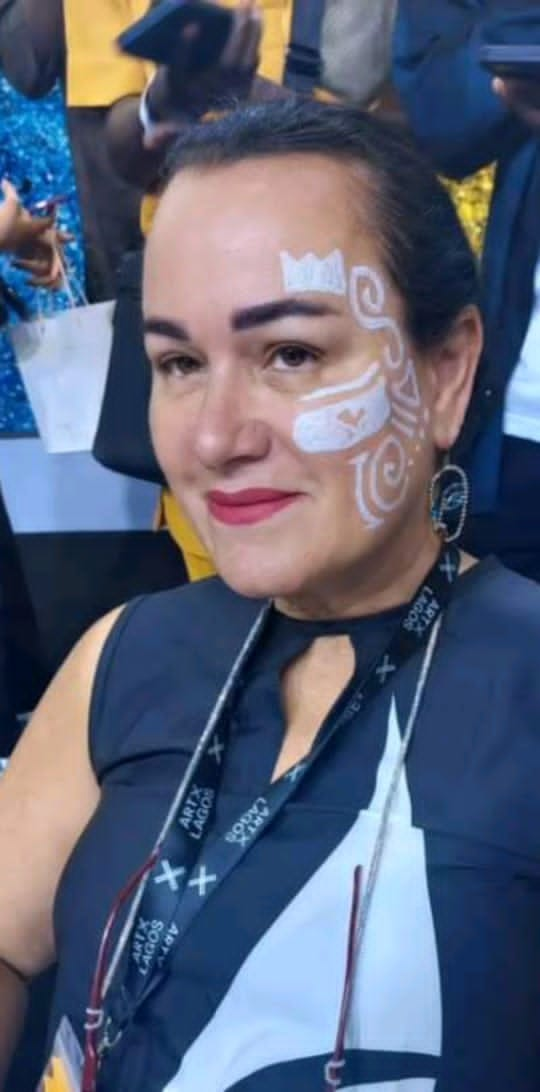
How is the ‘Japa’ wave impacting the art sector?
We have lost a couple of artists to the ‘Japa’ syndrome. But funny enough, they want to ride the horse back; they want to get back on the horse, and unfortunately, it doesn’t work that way. When you are on a gradual growth and you stunt that growth, it is very difficult to come back.
So, this is the problem with the exodus of the artists. If people stop seeing their works, they stop buying them, and they lose interest too. The collectors will also feel bad that they bought their works, and they will give those works away. So, they become quite obsolete.
Do you think art can serve as a store of value and wealth?
Art has become very big in the world. As I said, one international language is football, and another is art. It has become very big worldwide.
People value work according to what they see as its worth; someone can see an artwork and pay N1 for it, while another will pay N10 million for it. When an artist is on the roll, the artwork appreciates, and the artist appreciates too. They do that internationally.
So, it is beneficial to be able to invest in art, especially Nigerian art and Chinese art, which are competing at the moment.
Yes, art is appreciated. So, invest in the art because it is always appreciated. If you look at an artist who started painting 30 years ago, today he is worth millions because people like me and galleries are pushing him and exhibiting him and lots more.
These artists are being courted, and they are catching the eyes of international standards, which are pulling them, and these artists are appreciated in Nigeria and abroad.
So, it is important to invest in art because it has become the second international language. Art offers a better investment value and appreciates more than land. About 10 years ago, Oluwole Omofemi, a Nigerian artist, was selling for N300,000, and today he is selling for $300,000. No land appreciates that much.
How is the Nigerian art market in the face of the economic realities?
It has been fine. Despite the economy, many artists are still selling because art is a luxury item that always appreciates in value. It is not like buying a luxury car that depreciates 40 percent the minute you drive it out of the company. No, art appreciates. So, people are more aware now, and they are investing in art. So, art is appreciating in value despite the harsh economy.
We still have exhibitions, and many people visit to buy works, and the collectors are still buying too.
Yes, we are not doing as we used to do before because the middle class is not coming like before, but the collectors are still coming and buying art.
At the moment, the middle class is not investing in art; it is the collectors who are championing the investment.
Are prices of art impacted by inflation in the country?
Yes, of course. Some artists are pricing in dollars. We sell in Naira, but the call price is in dollars because they are buying their materials—their canvas and paints—in Naira, which is following the dollar, and now prices are in Naira, following the dollar. We don’t sell in dollars; we sell in naira, but we sell according to the dollar price they have given us.
Who is your most remarkable artist?
There are many of them, and I cannot name one and leave others. Let us leave them instead of naming some and leaving some and getting those we left offended. However, Dominique Zinkpe, from the neighbouring Benin Republic, is a friend of the gallery; he started with us, went to Morocco with us, and is still with us.
How do you feel seeing your artists who are successful?
Of course, I feel very happy and proud. It is like a mother and a child thing.
Are you grooming new artists, and who are they?
Now we have new artists that we are bringing from Cotonou in the Benin Republic that we are pushing up the ladder. We have Sebastien Boko, whose work we are going to get very soon. We have Nathanael Vodouhè in the gallery. We are pushing them up like Zinkpe. They are already halfway there; they are almost as big as Dominique Zinkpe, their fellow countryman, but they are growing with us as well.
What is your next plan for the gallery?
We couldn’t still have that little place that we called our gallery. All I did was change my gallery. I upgraded it to international standards because our artists have gone international and Nigerian art has international standards. However, we are a Nigerian gallery, promoting Nigerian artists. I don’t have anything abroad; I am here and growing artists here, and from here they grow internationally.

